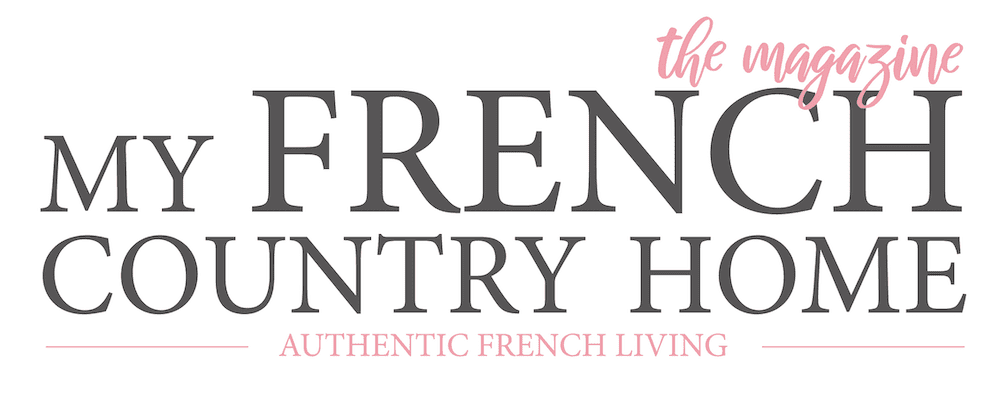Photos by Thomas Dhellemmes, François Motte and Sonia Ezgulian
**This article is a direct feature from the March/April 2025 My French Country Home magazine. To see more articles like this featuring fascinating tidbits about French culture, be sure to subscribe to the magazine**
The French are renowned for their table manners, which reflect a deep appreciation for food, tradition and etiquette. For centuries, French dining customs have been admired worldwide for their elegance and attention to detail, shaping global perceptions of the “proper” way to share a meal with others.
SUBSCRIBE TO THE MAGAZINE
Most social historians seem to agree that it was King Louis XIV, in the 18th century, who introduced the concept of etiquette – a strict code of conduct – at the Court of Versailles. Although it initially referred to signs posted on the grounds warning visitors off the royal lawns (“estiquettes”), the term soon came to refer to actual paper “tickets” – formal invitations to palace events that also spelled out the rules for appropriate behavior in the king’s presence – especially at the dinner table.

Unsurprisingly, as word of these idiosyncratic dining rituals spread among the bourgeoisie, France’s most avid social climbers committed themselves to learning and then applying them in their own households. Familiarity with proper table etiquette quickly became a marker of class – and an entrée into the world of power and influence.
Classic French Etiquette Used in the Present Day
Certain practices from the Sun King’s time persist today. For example:
- Dinner guests are expected to always keep their hands visible (a practice rooted in medieval custom, to prove that one wasn’t concealing a weapon).
- Your napkin belongs in your lap.
- Wait for the host to begin eating before tucking in yourself.
- Don’t sip your wine before a proper toast has been made.
- Bread should be broken by hand and placed either directly on the tablecloth or on a designated bread plate.
- Eat with your fork in your left hand and knife in the right throughout the meal (never switch).
- When you are finished, place your cutlery on top of the plate, with the tines or blades facing up and the handles placed at roughly 4 o’clock.
The rules of formal dining à la française evolved over time to encompass far more than table manners, however. In bourgeois homes, careful attention was paid not only to the menu, but to its visual presentation, as well as the seating arrangements.
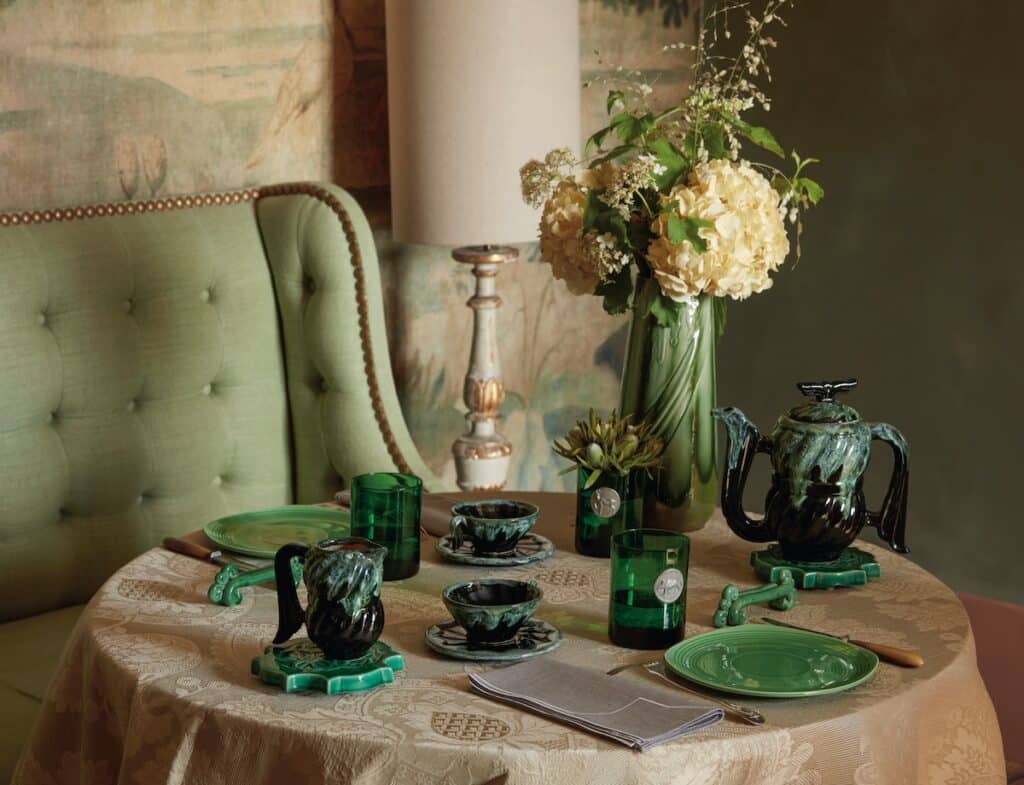
The Importance of Table Accessories
A jolie table (well-laid table) that displayed one’s finest silver and crystal was a reliable way of communicating status and abundance. Plates, glassware, cutlery and serving dishes all had to be laid out in a very specific way. Each course provided a fresh opportunity for the hosts to project sophistication and taste.
That said, concessions were inevitably made to practicality. Even the most noble households didn’t always change their table linens after every meal, for example. Napkin rings were invented to identify the individual serviettes of the household between wash days. And knife rests were designed to help minimize the number of drips and stains that appeared on the family’s prized jacquard tablecloth.
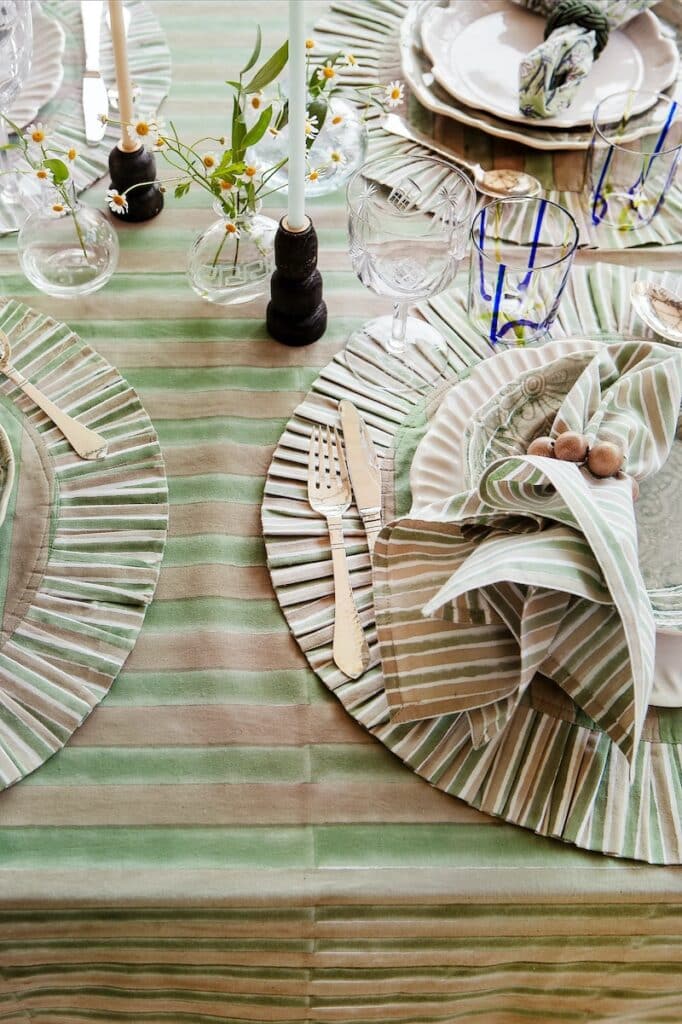
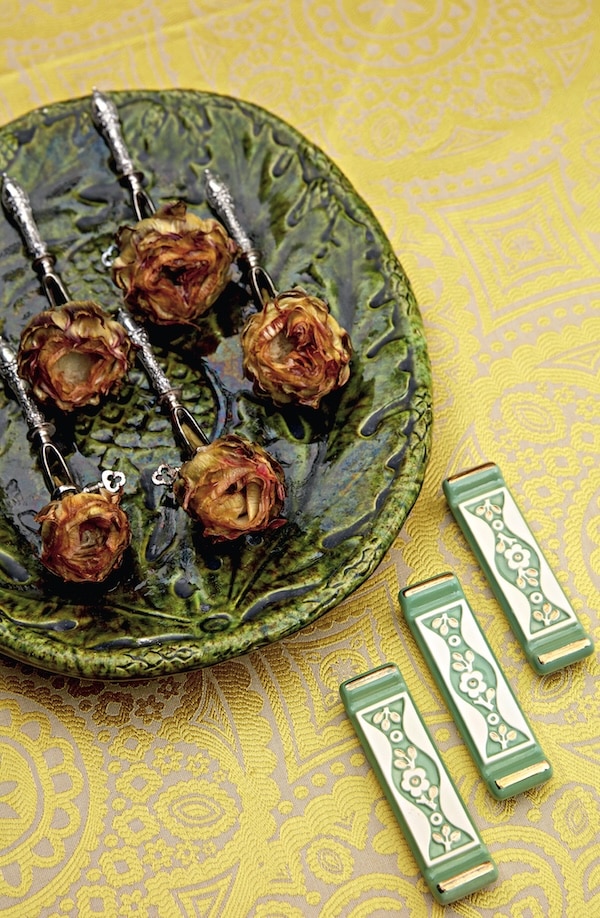
Table accessories soon became decorative items in their own right, often made of noble materials like silver, crystal, ivory and porcelain or carved from wood or stone. Designs varied from the simple to the ornate, often showcasing exquisite artistry and craftsmanship. By the late 19th century, these objects had firmly earned their place as charming, quirky collectibles, especially for anyone fascinated by dining history.
The Beauty of Knife Rests
François Motte, a former artistic director at Maison Lenôtre, a leading Parisian catering house, is one such aficionado of dining history. His fascination dates to his childhood and the leisurely Sunday lunches his grandmother would host at her elegant home in a small provincial French town. As the only child at the table, François remembers playing with her porcelain knife rests, or porte-couteaux, shaped like human figurines. “The little knife-holding pages, straight out of a medieval illumination, kept me company,” he recalls, “telling me tales of knightly tournaments.”
Decades later, François’ fetish for the humble knife rest evolved into an astonishing collection, now showcased in a recently published book, Recettes Pour un Porte-Couteau. A collaboration with the luxury textile designer Pierre Frey and Sonia Ezgulian, a chef and food writer, this beautifully photographed volume serves as both an ode to his childhood madeleine and a platform for sharing some of his favorite recipes.
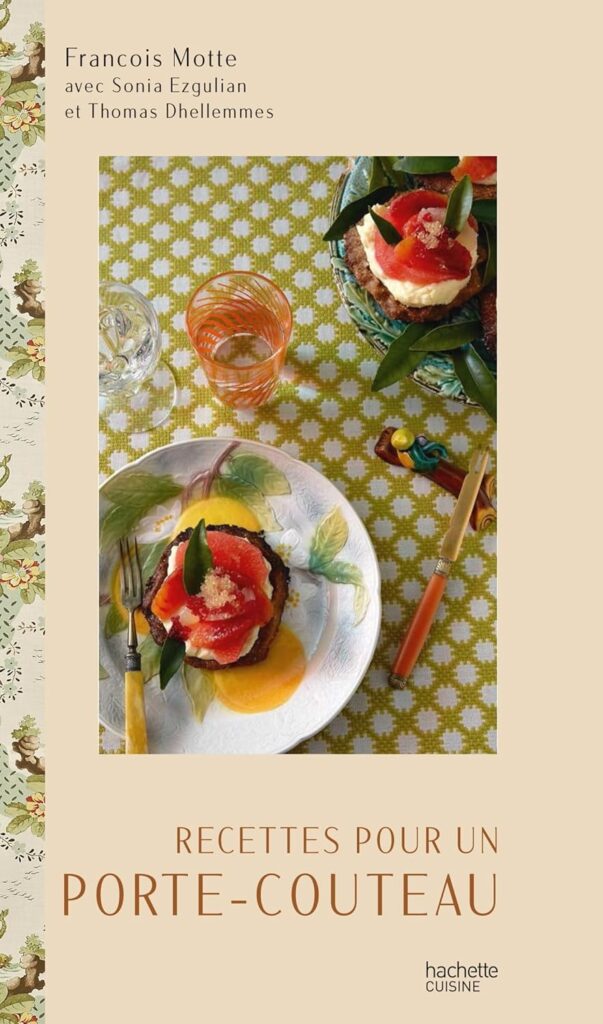
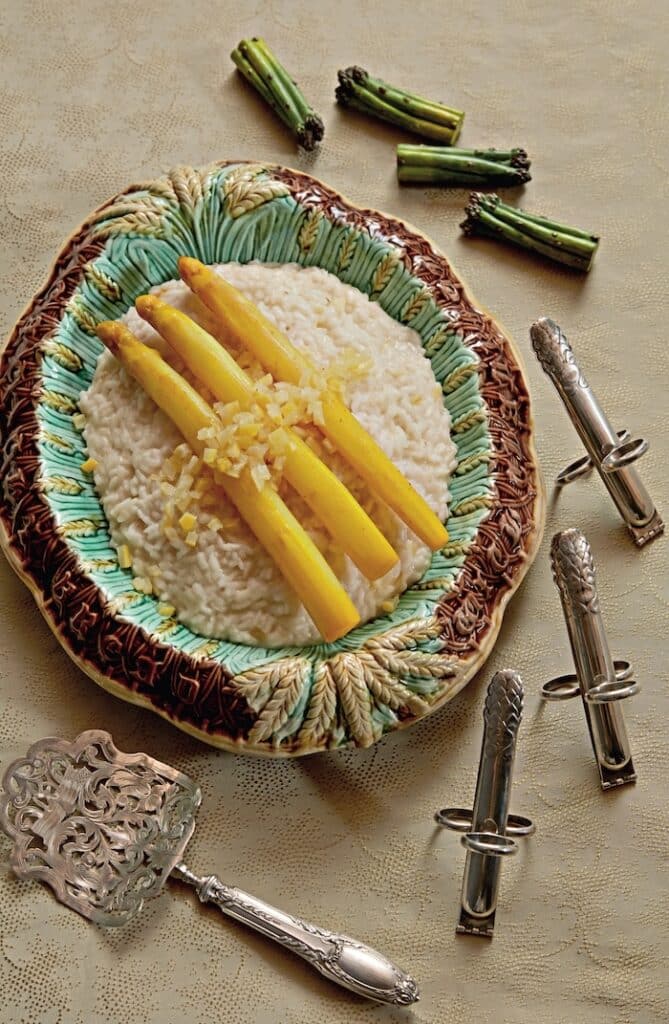
While the book currently only exists in French, we are delighted to share with you 4 recipes translated into English in our March/April magazine, including one that you will find below for delicious seasonal asparagus risotto!
SEE A PREVIEW OF THE MARCH/APRIL 2025 MAGAZINE
To see more recipes featured in the March/April issue, get a copy of the magazine here.
